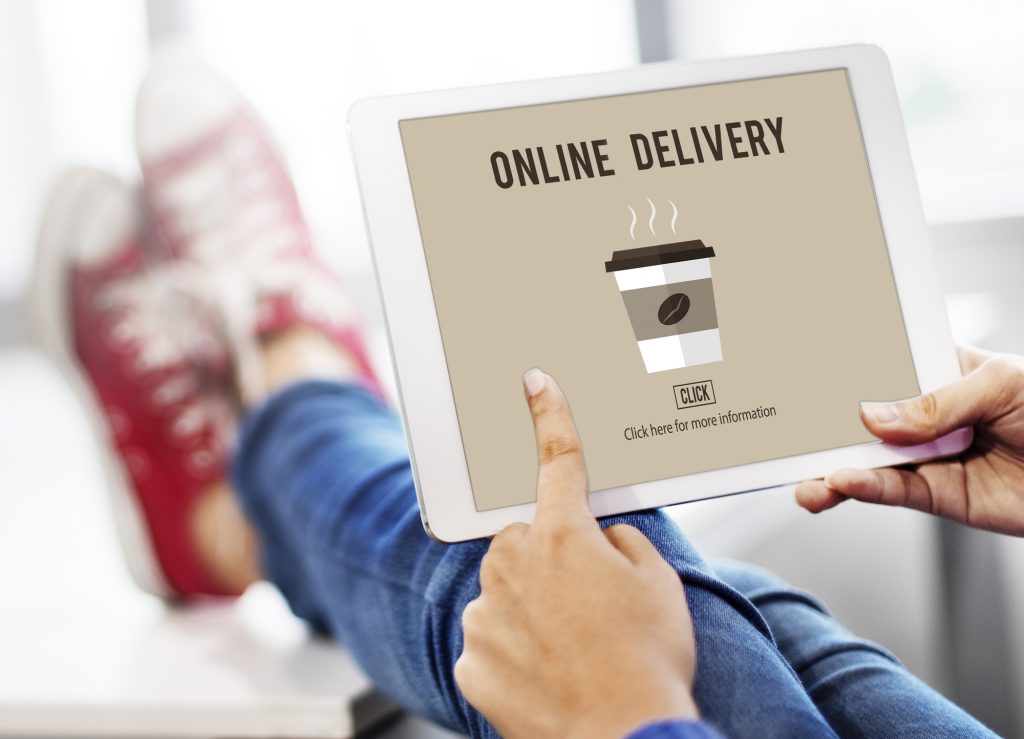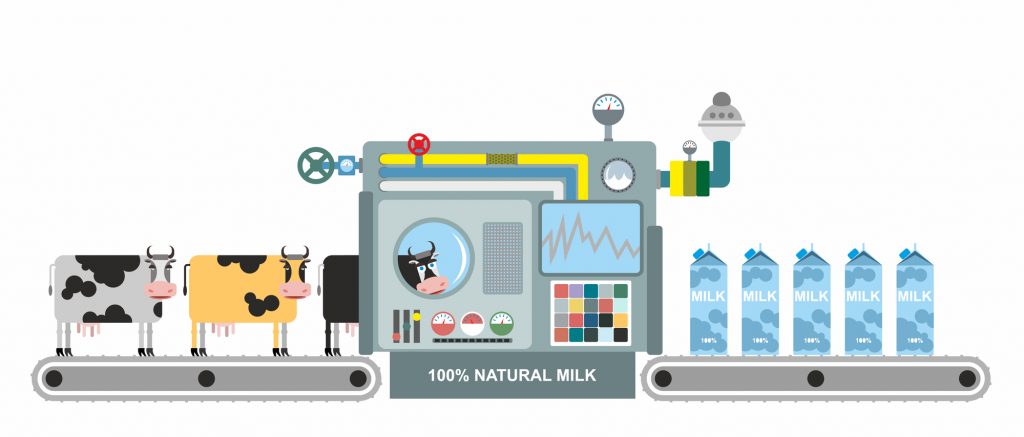While it seems the food and drink industry has found a way to use visually driven social media to its advantage, it still falls behind in many aspects. In reality, the food and beverage industry is behind in the digital revolution, and it desperately needs one. Let’s look at a few of the reasons why.
Marketing
Word of mouth has always been one of the food and drink industry’s main sources of leads. Social media takes this principle to the extreme and a number of companies are leveraging it.
Three of the top ten brands on Facebook are food companies. Two of the others are grocery stores. Yes, that’s half of the top ten brands on the biggest social media platform in the world. In a survey of the top 103 food and drink industry executives, 63% said social media was affecting their sector.
The food and beverage industry needs social media to nurture leads and improve the return on investment of their marketing costs. Social media gives them real time information on consumer trends and deep insight on customer opinions. Social media allows for an easier emotional connection to the product and the consumer. And these connections could connect you with customers for life.
Targeted Offerings
A number of services are gaining in popularity because they offer distinct, local food to equally distinct target markets. Mass marketing is a turn-off, since the public is uninterested. Where food and drink businesses can shine is targeting custom audiences who are interested because you’re targeting them specifically – and you can target them based on their location and time of day, not just their demographics and interests. For example, the ability to check in at local restaurants and events is attractive to customers and connects them more tightly with the brand.
Online Sales
More people are buying far more items online, and the food and drink business is no exception. Online grocery store sales doubled between 2010 and 2015.
This ultimately means that grocery stores and restaurants without an online presence are going to be left behind. This is why 27% of British food manufacturers surveyed said they would consider selling direct to shoppers through online stores. Eurostat reported that the number of Irish customers who ordered goods and services online more than tripled between 2004 and 2011.
Changes in the Supply Chain
Technology is radically altering the supply chain, and the pressure is coming from both ends. Fresh food supply chains seek to become shorter and faster in order to minimize waste from spoilage. RFID isn’t yet cheap enough to be universal through the supply chain, but it is starting to be adopted. The tracing of food through the manufacturing process is expanding as businesses link their supply chains, all in order to provide product origin information to customers. This technology has strong potential in verifying organic food, fair-trade foods and socially responsible products.
While many in the food and drink industry are lagging behind, the industry is starting to see a number of innovations. And the pressure to digitize comes from both ends, as suppliers try to improve efficiencies and save money while meeting changing customer expectations and shopping habits.
Decoding Social Media Algorithms: A Guide for Content Creators
Welcome, digital maestros and content wizards! Today, we’re embarking on a mystical journey through the enigmatic world of social media algorithms. Buckle up, as we decode these cryptic beasts and transform you into an algorithm-taming sorcerer! 1. The Algorithmic...
Micro-Influencers vs. Celebrities: Who Should You Partner With?
1. Introduction: The Battle of Influence: Mini David vs Goliath Celebrity Well, aren't we in for a treat today? Picture this - you're in a ring, needing to make the critical decision. In one corner, there's the glittery, glamorous, and oh-so-glamorous world of...
From Viral Challenges to Hashtag Trends: Navigating Social Media’s Creative Side
In the ever-evolving landscape of social media, staying ahead of the curve is paramount for businesses striving to engage their audiences. The digital sphere has witnessed a transformation from the mundane to the extraordinary, and this shift is primarily driven by...







